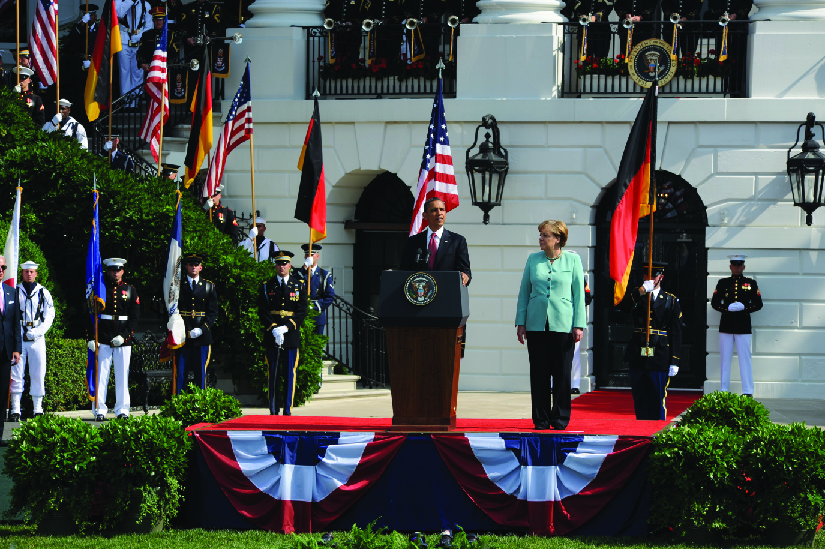| << Chapter < Page | Chapter >> Page > |

Finally, the president’s job included nominating federal judges, including Supreme Court justices, as well as other federal officials, and making appointments to fill military and diplomatic posts. The number of judicial appointments and nominations of other federal officials is great. In recent decades, two-term presidents have nominated well over three hundred federal judges while in office.
No sooner had the presidency been established than the occupants of the office, starting with George
Washington , began acting in ways that expanded both its formal and informal powers. For example, Washington established a
cabinet or group of advisors to help him administer his duties, consisting of the most senior appointed officers of the executive branch. Today, the heads of the fifteen executive departments serve as the president’s advisers.
Later presidents built on the foundation of these powers. Some waged undeclared wars, as John Adams did against the French in the Quasi-War (1798–1800). Others agreed to negotiate for significant territorial gains, as Thomas Jefferson did when he oversaw the purchase of Louisiana from France. Concerned that he might be violating the powers of the office, Jefferson rationalized that his not facing impeachment charges constituted Congress’s tacit approval of his actions. James Monroe used his annual message in 1823 to declare that the United States would consider it an intolerable act of aggression for European powers to intervene in the affairs of the nations of the Western Hemisphere. Later dubbed the Monroe Doctrine , this declaration of principles laid the foundation for the growth of American power in the twentieth century. Andrew Jackson employed the veto as a measure of policy to block legislative initiatives with which he did not agree and acted unilaterally when it came to depositing federal funds in several local banks around the country instead of in the Bank of the United States. This move changed the way vetoes would be used in the future. Jackson’s twelve vetoes were more than those of all prior presidents combined, and he issued them due to policy disagreements (their basis today) rather than as a legal tool to protect against encroachments by Congress on the president’s powers.

Notification Switch
Would you like to follow the 'American government' conversation and receive update notifications?